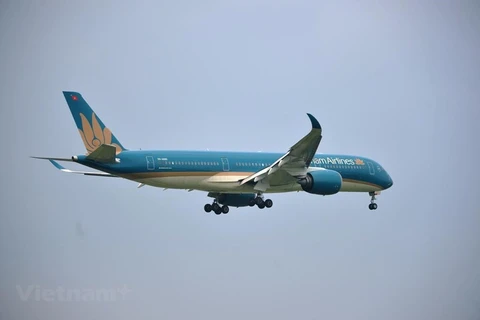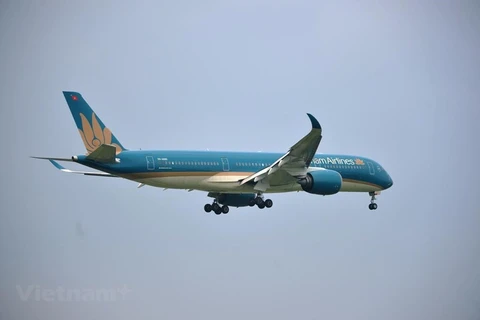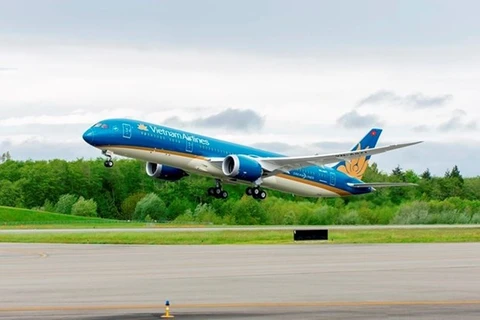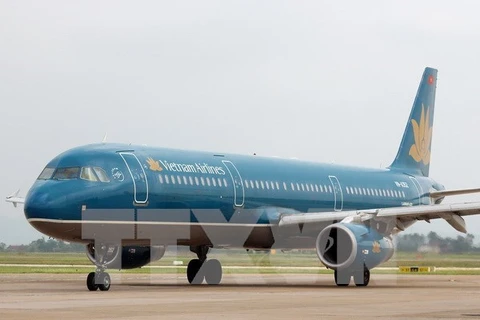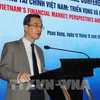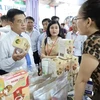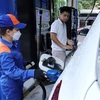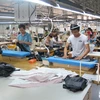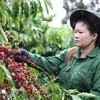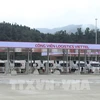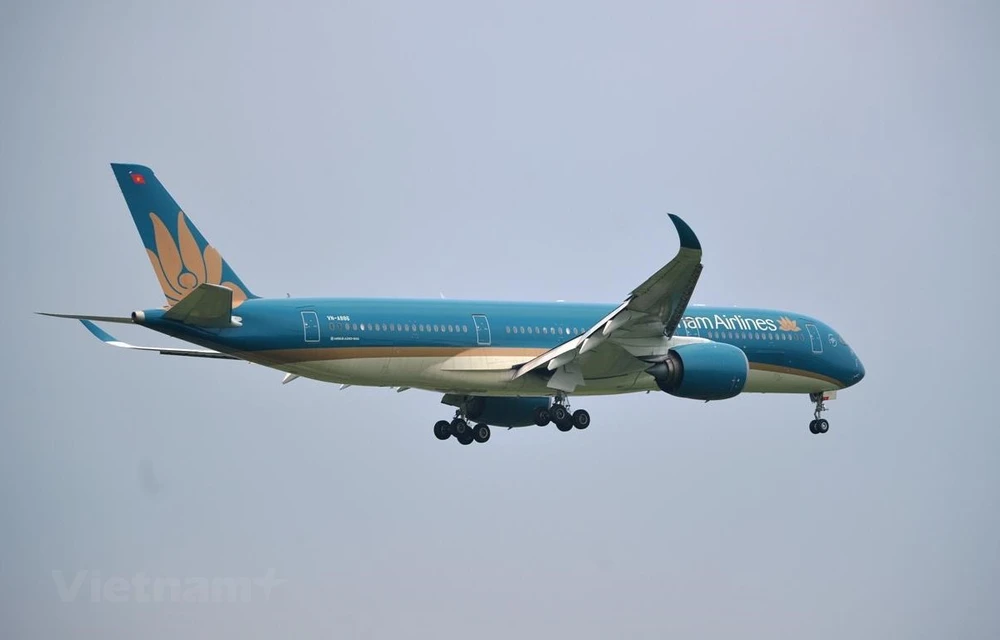
Hanoi (VNA) – The picture of the domestic aviation industry remains gloomy as the COVID-19 pandemic has left a strong impact on airlines, eating quickly into their wallets. The national flag carrier Vietnam Airlines forecast that the domestic aviation market will gradually recover this year and in 2021 despite difficulties, but it will take a very long time for the international market to regain its health.
At the airline’s Q3 regular press briefing on October 13, head of the Planning and Development Department Nguyen Quang Trung cited a report of the International Air Transport Association (IATA) released at the end of September which said both passenger volume and revenue of the world’s aviation sector dropped strongly.
Passenger volume in the world so far this year decreased by 66 percent from the same period in 2019, and only half of the interviewed people said they are willing to travel by air. Seat occupancy was around 60 percent, much lower than the required ratio for airlines to break even (at current costs, the seat occupancy must be over 80 percent in order to be profitable).
Vietnam Airlines estimated that the volume of domestic passengers in Vietnam would be 29.6 million, down 22 percent year on year. In September, the volume of passengers was equivalent to the figure in September 2019, but revenues were only 41 percent, as all airlines put into use all their fleets, opened more routes and launched many discounts.
“Vietnam Airlines is operating at 30-35 percent of capacity,” Trung said.
Head of the finance-accounting department of Vietnam Airlines Tran Thanh Hien said seat occupancy of the airline was 86 percent, one of the highest in the world. However, he said the ratio was still under the break-even point, attributing it to the fact that airlines increased flights and reduced ticket fares to stimulate demand.
“Only when the volume of passengers rises to the level before the COVID-19 will the aviation sector be able to recover fully,” Hien said.
The national flag carrier expects that the domestic aviation market will gradually recover this year and in 2021 despite difficulties, but it will take a very long time for the international market to regain its health. Therefore, Vietnam Airlines can only recover fully in 2023, according to Hien.
According to IATA, as of the end of June 2020, most airlines could only maintain their operation for around eight and a half months more. They are expected to run at a loss until the end of 2021.
Vietnam Airlines reported its revenues in the first nine months of this year were nearly 24 trillion VND, equivalent to 42 percent of the same period last year. It ran total losses of 10.75 trillion VND. The airline had only 1.938 trillion VND in cash, while short-term loans totaled 5.242 trillion VND, and delayed debts added to 4.268 trillion VND.
Noting that the cash reserve can only keep the airline survive for around two months and a half if fights are grounded, Hien said Vietnam Airlines needs State support very much. The airline had reported its situation to the State immediately after the impact of COVID-19 began to be felt. The Government has doled out a support package for Vietnam Airlines, but it will takes time to implement the package due to multiple procedures.
In reply to a question that Vietnam Airlines is currently operating normally despite it saying in August that it would run out of money without financial support, Hien said the airline would surely run out of money if it had failed to actively seek various measures.
He elaborated that Vietnam Airlines had taken the initiative to implement many solutions, such as cutting operation costs, working with banks to restructure loans and seek supplementary credit limits, and flexibly using short-term loans to ensure liquidity. The airline also sought the State support in the form of extending the period of reduction of aviation service fees and environmental charge on jet fuel.
He added that business partners such as Vietcombank, also lent support to the airline.
Hien denied rumour that Vietnam Airlines will file for bankruptcy, affirming that as it is the national flag carrier, the maintenance of the airline’s brand name and position in the world is important to not only the airline itself but also the Government.
“The collapse of Vietnam Airlines would bring many negative effects on the Government and the economy, and the airline will do its best to survive the COVID-19 pandemic,” he said./.

